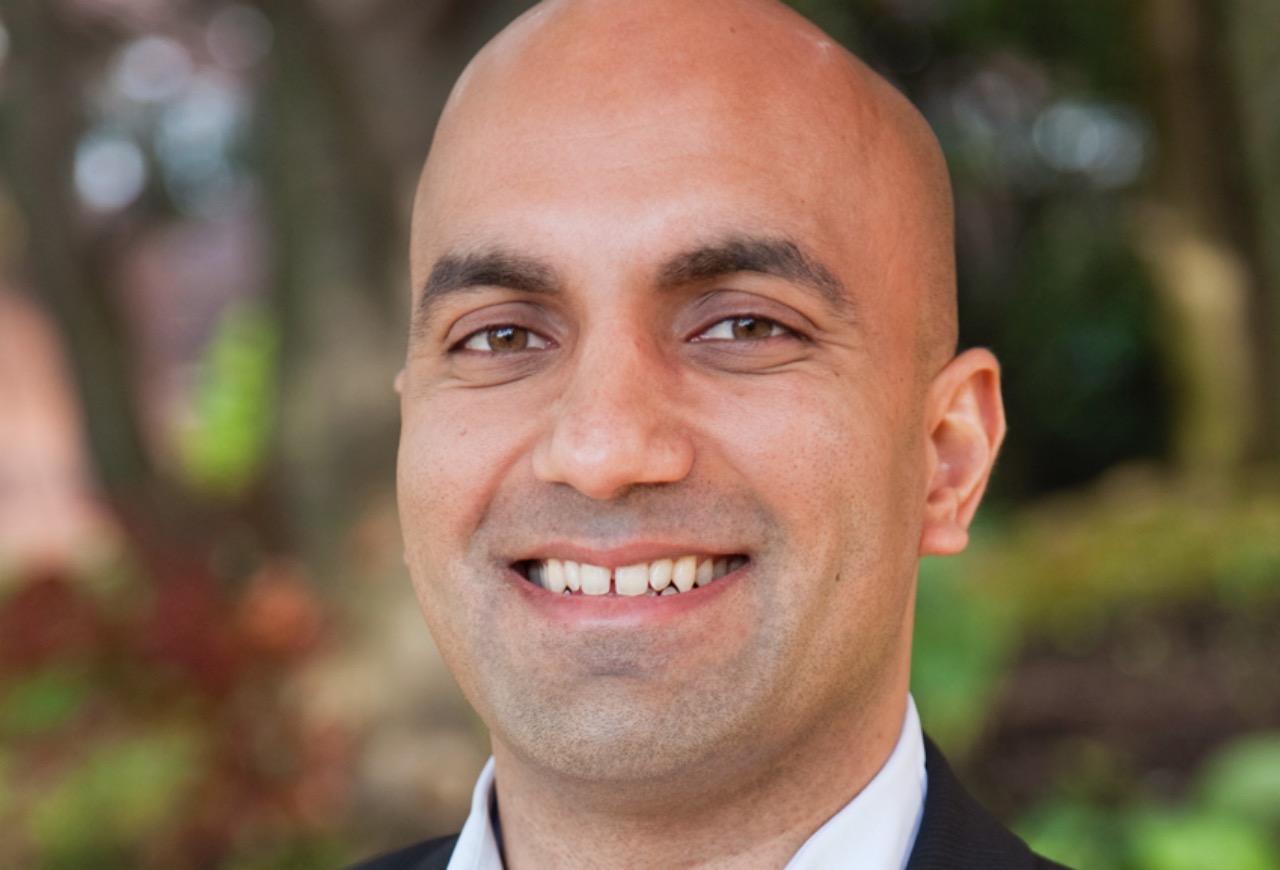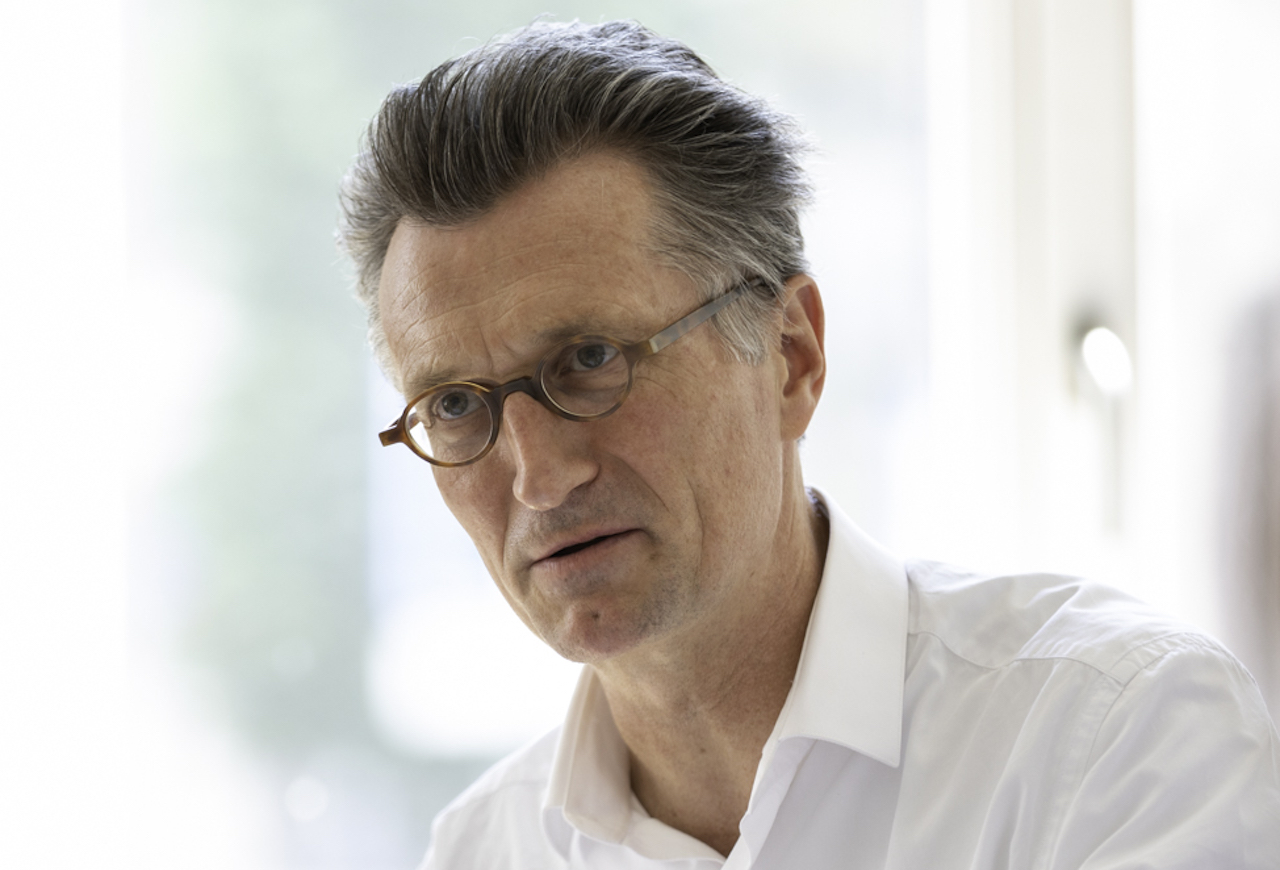2025 outlook: What’s ahead for impact investing?
January 7, 2025

Without having a crystal ball, it is difficult to say with absolute certainty what the future holds for the impact investing sector. But several trends and themes are playing out across the industry, whether it is the development of the impact ecosystem, evolution of asset classes and strategies, or growing investor demand. Impact Investor talks to a range of industry participants about the keys developments that will shape the next year and their outlook for 2025.
In 2025, I see a few key trends emerging and continuing. First is a renewed focus on the working class in the wake of several global change elections in 2024, including in the US, Botswana and the UK. These elections were driven in large part by historic inequality and its resulting social tension.
This year, governments around the world will be under pressure to deliver the change they’ve promised, including quality jobs, affordable housing, and economic development. I expect to see new opportunities and demand for impact investors to create positive outcomes in these areas.
Next, I anticipate that emerging markets will continue to vie for global attention into 2025. While there may be pressure on international aid, we expect growing investment in emerging markets. Based on GIIN research, the top markets where impact investors plan to increase allocations include sub-Saharan Africa (53%), Southeast Asia (49%) and Latin America (46%). We also anticipate there will be more interest in catalytic capital and blended finance to address inequality and speed the energy transition.

Finally, in 2025 I believe that impact investing in Asia has the potential to take off, in the context of global markets. While we are already seeing growing momentum in Asia, there is an opportunity for investors who are based in or allocate capital to Asia to become leaders in addressing inequality and climate change globally, as well as on the continent.
The GIIN maintains steadfast in our commitment to scaling the impact investing market with integrity throughout this period of great uncertainty, and will be with investors every step of the way in 2025. With events across three continents this coming year, in San Francisco, Singapore and Berlin, there will be many opportunities to stay involved in the future of impact investing.
The post-World War II era in Europe has definitely come to an end. Transatlantic relations are under review, and physical and hybrid wars are ongoing at Europe’s Eastern borders. Meanwhile, China is disrupting industries such as steel, car manufacturing, solar panels, windmills, and batteries.
This new reality is reflected in the agenda of the recently established European Commission, emphasising economic competitiveness and innovation. The flagship programmes of the former Commission, the ‘Just Transition’ and the ‘Green Deal’, are not of the table but will have to prove their contribution to this new agenda.

Despite this, impact investing continues to grow at an impressive 20% CAGR in Europe and globally, even as ESG funds see outflows, particularly in the US. Its growth stems from a clear value proposition: fuelling sustainable business models that shape a future economy respecting people and the planet. More financial players, large and small, see impact investing as sound business.
However, challenges remain, such as transparency and the fragmented space of market builders for impact and sustainable investing in Europe. Strengthening collaboration among national market builders like GSG Impact’s National Partners is key to scaling national markets faster. Most capital allocation decisions in Europe still occur at the national level, so greater alignment between national and European market builders is essential.
A unified European impact proposition could create clarity on definitions and strategies and collectively advocate for a conducive regulatory framework to enhance transparency and growth.
Now that impact and sustainable investing are gaining traction, I hope we find the energy and courage in 2025 to overstep our national and organisational boundaries and seize the moment to build together a strong voice in Europe to turn finance in a force for good.
People’s wellbeing, equal opportunities, and the protection of natural resources and their diversity are key in an increasingly complex and volatile world.
We are surrounded by urgencies, and social and environmental challenges. Reducing inequality and the impact of climate change on people and the ecosystem, which should be priorities across all sectors of activity, are the essence of impact investments. Therefore, promoting the growth of impact investments is the root of our mission at SpainNAB. I like to highlight this because it is our main driver: achieving a more just and inclusive society that leaves no one behind.

With this mission in mind, over the next few months we will continue working actively to give greater visibility to impact investing and spread its understanding by communicating and using objective data to highlight the social and environmental impacts achieved by the funded projects.
Clarity around the concept of impact and the reliable measurement of results are going to be priorities for us. We must avoid ‘impact washing’ and support the public authorities in their work to reduce inequalities through, among others, these financial instruments. On the other hand, we will continue to promote the mobilisation of funds towards the sector and collaboration with peers from other countries. Sharing good practices and success stories, and working together for change will allow us to increase our impact.
2025 will be a significant year for nature-based solutions as the financial sector has come to the realisation that the climate crisis can only be reversed with the restoration of nature.
The loss of biodiversity is alarming and will eventually impact every industry and service if it continues at this pace. To put a halt to it, we urgently need finance. The concept of risk has evolved and there is no justifiable reason left to directly or indirectly finance businesses that harm our planet. Instead, we must channel our finance, strategy and power into companies and projects that revive nature.

Institutional investors like pension funds are already expressing first interest in financing nature-based solutions projects. The main challenge lies in the scalability, but, as we have seen in sectors like financial inclusion or even renewable energy, new markets always start small and scale over time.
The important thing is that we scale with integrity and with a holistic view. There is no silver bullet in nature-based finance; we just need to get going and sort out the challenges on the way. A pragmatic first step is to simply add a new tab to the balance sheets where we quantify and measure what we’re taking from nature with every investment or transaction. After all, every investment, close to home or far away, has an impact on the planet. The sooner we understand the extent of it, the better.
We urgently need to shift our focus from extractive, consumptive growth-based business models to what is needed to secure a sustainable life on this planet in the long-term. In that sense, restoring nature is a gift in itself. It’s how we preserve our own lives and continue to do so for future generations.
Fundamentally, we need collaboration. The challenges we face in the world are too great to solve in silos – we need cross-segment, cross-sector collaboration. At NAB, we want to be the linking pin that connects these silos. The more organisations we represent, the more effective and impactful our voice will be.
When two years ago we called for Dutch institutional investors to allocate at least 10% of their assets under management to impact investments by 2025, some people called us crazy. But now, some of the biggest investors have publicly adopted this target, and many others have embraced it internally, even if they haven’t announced it yet. The momentum is there.

In my opinion, one of the biggest challenges the world is facing is polarisation, which is pulling us further apart – we are becoming more entrenched in our positions and we don’t listen to different perspectives.
At NAB, we try to offer an alternative – not leaning fully towards the left or right, or between fully subsidised models and purely private sector solutions. We believe societal goals and private capital can be reconciled. We can’t address all the challenges with public money alone.
Bridging the worlds of impact and capital requires mutual understanding of what each side brings to the table. But the polarisation in society and political debate is making rational dialogue increasingly difficult, and that’s what concerns me the most.
I’ve been concerned about the changing political landscape, both in Europe and the US. Of course, Donald Trump getting re-elected is not good news because it would be better if governments and regulators are all more aligned with where we would like to go, instead of opposed.

If there is any discrepancy between what we in the private markets think and what governments think, that’s not so nice. On the other hand, government is always lagging behind. New initiatives and pioneering ideas have always been driven by the private markets.
But I don’t think the move towards net zero, both in Europe and the US, will be stopped by changes in government. That’s because with a lot of sustainable initiatives, the economic rationale, the economic thinking behind it is more and more proven. It’s not charity, it’s not donation-driven. More and more people realise that there is economic sense to becoming more green, more sustainable and more impact-minded. We are not there yet, but I think that could be a hedge against a zig-zagging government.
In the last two years, we have encountered significant challenges in securing investors for our impact investment funds in emerging markets. This is primarily due to rising interest rates in developed countries, which has increased risk-free rates and raised the risk-adjusted returns demanded by investors for the higher perceived risks of investing in emerging markets.
To attract the necessary capital, five key actions can be taken.
First, we need to see an increase in the availability of blended finance mechanisms to mitigate risks and enhance returns by combining public and private capital. Governments, development banks, and multilateral organisations can provide concessional funding, co-guarantees, or first-loss capital to draw private and institutional investors into high-impact projects, particularly in sectors with market failures, such as financial inclusion, smallholder agriculture, or climate resilience.
Second, by publishing track record data impact investors can challenge the high-risk perception of emerging markets by demonstrating that competitive financial returns are achievable while addressing market failures.

Third, governments in emerging markets must create investor-friendly environments by providing political stability, improving the ease of doing business, and by ensuring enforceable property and contract laws.
Fourth, we can better leverage technology to improve impact transparency, enhance the efficiency of impact asset managers, and expand access to investment opportunities. Digital platforms connect investors with projects, assist in origination, monitoring of investees, risks assessment, and enhance the collection and reporting of impact metrics.
Finally, we need long-term, transformative solutions that address root causes of social and environmental challenges. This moves beyond incremental improvements to restructure systems, policies, and incentives that continue to perpetuate inequality and environmental degradation. By emphasising systemic change, impact investors can align capital with durable outcomes, ensuring that progress continues even after investments are exited. These actions collectively can build investor confidence to channel resources toward impactful projects in emerging markets.
At the COP 15 UN Biodiversity Summit, delegates committed to protecting 30% of land and 30% of coastal and marine areas by 2030, known as ‘30×30’.
However, a recent report tracking the progress of 30×30, intentionally released ahead of COP16, shows that the global community is falling short of that pledge both in terms of coverage and effectiveness. The report finds that the global marine area under some form of protection has increased by just 0.5% since COP15, which, at that rate of progress, would mean just 9.7% of the ocean is protected by 2030.

We welcomed the Declaration on Water for Climate Action at the recent COP 29, which acknowledges that water is at the heart of climate change and a principle vector through which climate impacts are experienced. This is an important step in the right direction, but we have not come far enough.
Funding remains a key issue with SDG 14: Life below water the least funded of all 17 UN SDGs. Institutional capital has been slow to flow into the sector. This is partly because the blue economy is still viewed as a thematic investment approach, requiring investors to recognise its coherence as a market.
So, how can bond investors help address the funding issue in 2025 and beyond? Well firstly, we need to leverage existing industries. While much attention is given to early-stage start-ups, significant opportunities exist within the $3trn ocean economy.
Focusing on transitioning established businesses to more sustainable practices could drive immediate and scalable impact. Furthermore, we need to continue the momentum of financial innovation in the blue finance space. Specific to fixed income, innovative instruments like blue bonds and debt-for-nature swaps are gaining traction but remain nascent as markets.
This is not philanthropy, this is a transformative investment opportunity.
We think green tech, alongside other early-stage investments, will continue to face a slower fundraising market compared to the very prosperous years that we put behind us around 2022.
Given that most exit windows have been closed the last couple of years (very few IPOs, limited M&A activity), many investors are staying on the fence, waiting for liquidity to reinvest. Combined with high interest rates, both fundraising and commercial development has been slower for many.

However, some companies stand out and excel on both fronts, and they are very much able to attract capital. We have seen signs of improved fundraising markets already in 2024, with several strong examples in our own portfolio. With the anticipated lower interest rates during 2025, we hope and think market conditions will improve.
Continued geopolitical insecurity can disturb this picture. Regardless, there is a clear and rising sense of urgency in many pockets of the population around the climate crisis, and topics like energy security are higher on the agenda than ever. We believe Europe can take a lead role on the climate transition, and the next couple of years will be instrumental in that regard.
Search
RECENT PRESS RELEASES
Related Post




